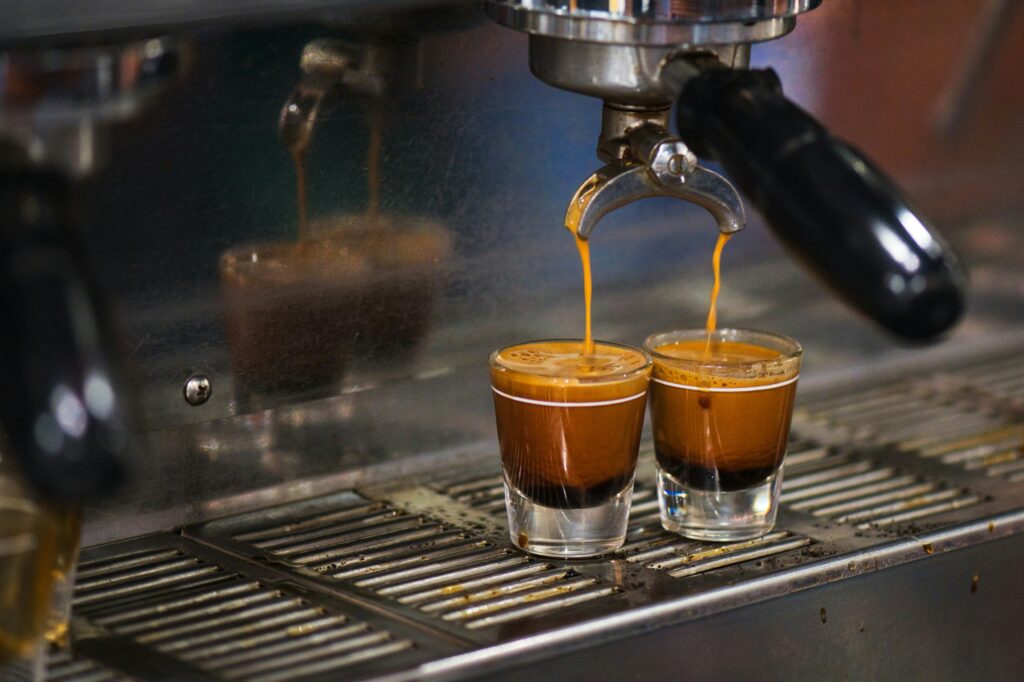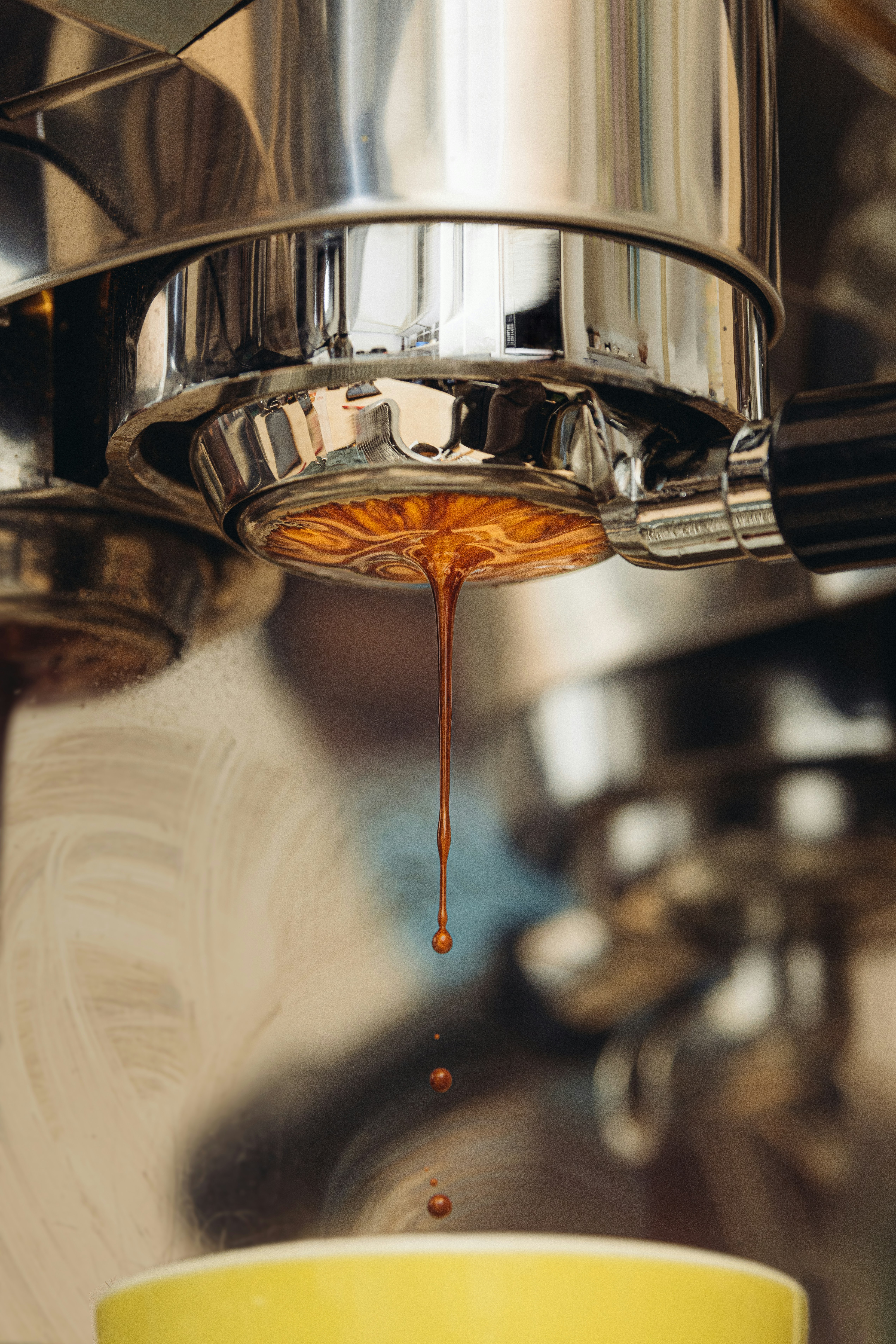What’s The Difference Between Manual And Automatic Espresso Machines?
Introduction
When it comes to choosing an espresso machine, one of the biggest decisions you’ll have to make is whether to go with a manual or automatic model. Each type has its own set of pros and cons, so it’s important to understand the differences before making a decision. In this article, we’ll break down the distinctions between manual and automatic espresso machines to help you determine which one is right for you.
Manual Espresso Machines
Manual espresso machines, also known as lever machines, require you to manually control the entire brewing process. This means that you have to grind the coffee beans, tamp them into the portafilter, and pull the lever to force hot water through the grounds to make your espresso. While this may sound labor-intensive, many coffee enthusiasts enjoy the hands-on experience and control that manual machines offer.

Automatic Espresso Machines
On the other hand, automatic espresso machines take care of the entire brewing process for you at the touch of a button. These machines have built-in grinders, automate the tamping process, and control the water flow and temperature to ensure a consistent and delicious espresso every time. If you’re looking for convenience and consistency in your espresso-making routine, an automatic machine may be the way to go.
Pricing
One of the key differences between manual and automatic espresso machines is the price. Manual machines tend to be more affordable because they are simpler in design and have fewer components. Automatic machines, on the other hand, are more complex and come with advanced features, so they typically have a higher price tag. Keep in mind that investing in a high-quality machine can make a big difference in the taste and texture of your espresso.

Control and Customization
Manual espresso machines give you complete control over every aspect of the brewing process, from adjusting the grind size to manually pulling the lever to brew your espresso. This level of control allows you to experiment with different variables to perfect your espresso recipe to your liking. Automatic machines, while convenient, may limit your ability to adjust settings and customize your drink.
Learning Curve
Using a manual espresso machine requires a bit of a learning curve, as you’ll need to master the art of pulling the perfect shot. Factors such as grind size, tamping pressure, and brew time all play a role in the final outcome of your espresso. Automatic machines, on the other hand, are more user-friendly and typically come with pre-programmed settings to help you achieve great results without much trial and error.

Maintenance
Both manual and automatic espresso machines require regular maintenance to ensure optimal performance and longevity. Manual machines may be easier to clean and maintain because they have fewer components and moving parts. Automatic machines, on the other hand, often come with self-cleaning functions and descaling programs to make maintenance a breeze. Be sure to follow the manufacturer’s instructions for cleaning and upkeep to keep your machine in top shape.
Frothing Capabilities
If you enjoy milk-based espresso drinks like lattes and cappuccinos, you’ll want to consider the frothing capabilities of the espresso machine you choose. Manual machines typically come with a steam wand that you can use to manually froth milk for your drinks. Automatic machines may have built-in milk frothers or steam wands that automate the frothing process, making it easier to create creamy and velvety milk froth for your beverages.
Speed and Efficiency
Automatic espresso machines are known for their speed and efficiency when it comes to brewing espresso. With just the press of a button, you can have a freshly brewed shot of espresso in a matter of seconds. Manual machines, on the other hand, may take a bit longer to brew your espresso as you manually control each step of the process. If you’re looking for a quick and hassle-free brewing experience, an automatic machine may be the better choice.
Final Thoughts
In conclusion, the main differences between manual and automatic espresso machines come down to control, convenience, and customization. If you enjoy the hands-on experience of brewing espresso and want full control over the process, a manual machine may be the way to go. On the other hand, if you prefer the convenience of automated brewing and consistent results, an automatic machine could be the better option for you. Consider your personal preferences, budget, and desired features when choosing between the two types of espresso machines. Ultimately, the best espresso machine is the one that suits your individual needs and brewing style.
